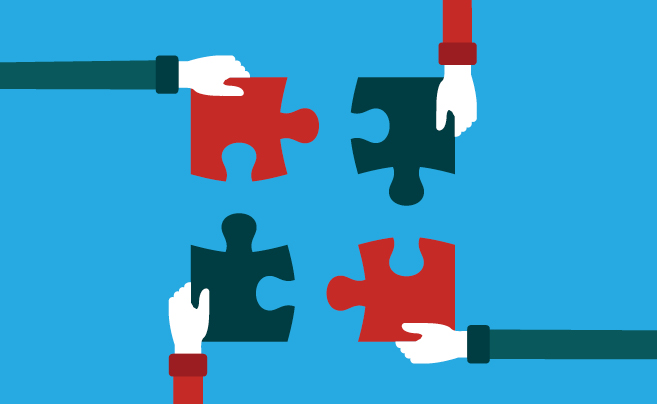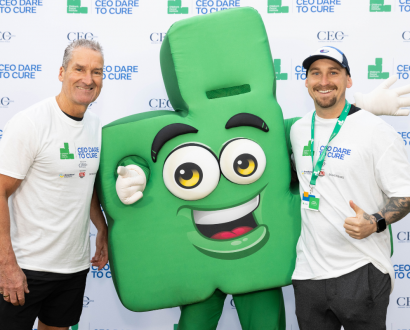Too much time is spent in conference and meeting rooms talking about building engagement. The key to building real engagement in your business, leadership team, or family unit, is to engineer shared experiences. When we are forced to stand next to someone, shoulder to shoulder and face challenges alongside them we build stronger communities.
How often have you seen communities in the face of a natural disaster come together as one?
People who have lived together in the same street for years and years without speaking to one another build unbreakable bonds when they face challenges together.
Sporting teams that come together and stick together for years build bonds that are appreciated only by those who are on that team.
In offices across the country there are people working in cubicles a paper aeroplane’s throw away, who are lucky if they know one another’s names, let alone any personal details beyond that. Yet we know our businesses operate better if there is cohesion, if there is trust, and if there is a culture that proves to employees that they can depend upon one another.
In 2005, I spent several months in Thailand identifying people who had died in the South East Asian tsunami, and endeavouring to repatriate them with their loved ones across the globe. In response to the devastation that I witnessed working in Thailand, I formed an Australian charity called Hands Across the Water. Hands was formed to provide a home for 32 children who had lost their homes and parents in the disaster.
Sadly, I recognised that the sympathy for these kids who had lost so much would soon pass once their stories were no longer front and centre in the media, and that another disaster in another country would come and take the focus away from them.
I realised that we needed to do something different if Hands was to remain relevant.
Our approach to remain relevant was to offer shared experiences that would build strong engagement among our supporters. We knew that we could change the lives of the kids we were supporting and that we had the people on the ground to educate, care and love the children. However, we also knew that accessing these resources and achieving these goals was only possible if we engaged with our donors on a different level.
We set about focusing equal efforts on caring for the kids and offering value to our supporters. When we got both sides of the equation right, the fundraising dilemmas – the burden that nearly all charities carry – started to disappear.
The genius in the concept – assuming there is one – is that we appreciated the value of what we had stumbled upon and leveraged it.
What do our shared experiences look like?
In 2009 we started a charity bike ride through Thailand with just 17 people, five of whom were members of my family. In 2016 we will facilitate eleven rides, eight of which are ‘closed or private’ corporate rides. Such has been the value of the shared experience on offer, that we don’t only have individuals signing up, we have companies and teams signing up too. Two of our January rides in 2015 sold out within 90 minutes of registration opening, and 76 per cent of those who rode with us were return riders. The model works because we are giving a valuable experience back to those who are riding.
In 2009 we raised $176,000 from our ride, while in 2015 we raised over $2million
The conversation I have with prospective riders or their companies is about the journey, the strength of the experience, the challenge and the rewards they will derive. The cost of the ride and the fundraising is no longer the ‘point’ of the conversation.
Our riders believe in the work we do with the kids, but when you speak honestly with them, the kids aren’t the primary reason they ride. The real reason they ride is for the personal rewards they yield, and the strength of the shared experience.
This is why companies are lining up for their own rides – they know the way to build engagement in their employees is to engineer shared experiences.





